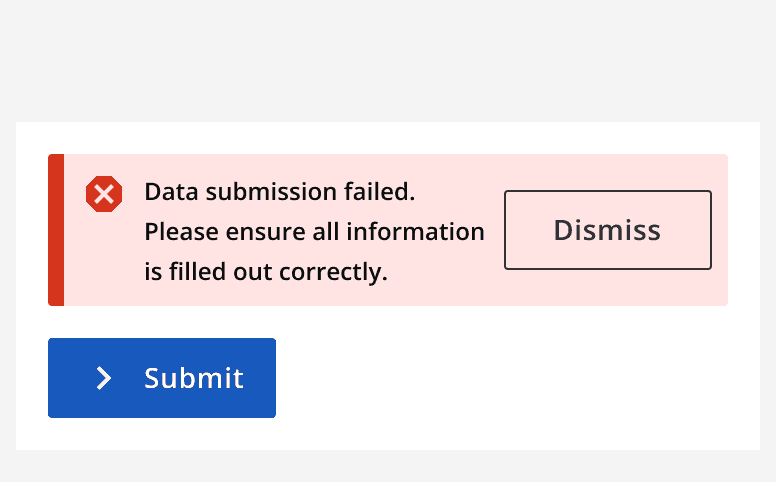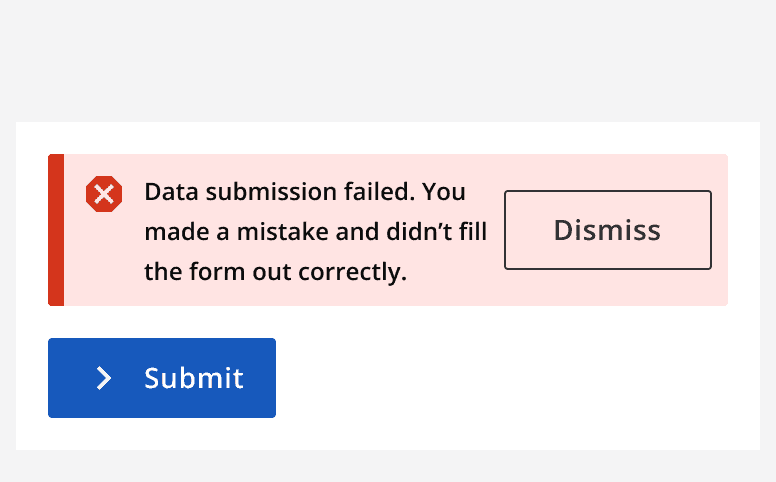Invisible illness
Invisible illness
Introduction
The examples below aren't exhaustive but show some common experiences that may affect how people use apps and services.
Stress and anxiety
Stress and anxiety disorders are a group of related conditions that can cause both psychological and physical symptoms. Symptoms can include feeling restless or worried, irritability, fatigue, dizziness and difficulty breathing.
Behavioural effects include procrastination, avoidance and social withdrawal.
Epilepsy
Epilepsy is a condition that affects around one in every 100 people in the UK. When someone has epilepsy, it means they tend to have epileptic seizures.
Triggers aren't the same for everyone, but common triggers include temperature, light, stress, tiredness, flicker and computer screens.
Myalgic Encephalopathy/Chronic Fatigue Syndrome
Myalgic Encephalopathy/Chronic Fatigue Syndrome (ME/CFS) causes persistent fatigue (extreme tiredness) that affects day to day living and isn’t relieved by sleep or rest.
The main symptoms of ME/CFS are persistent mental and physical fatigue, although there are other common symptoms including muscular and joint pain, severe headaches, poor short-term memory and concentration, difficulty organising thoughts and problems finding the right words.
Fibromyalgia
Fibromyalgia, also called Fibromyalgia Syndrome (FMS), is a long-term condition that causes pain all over the body.
As well as widespread pain, people with FMS can also experience increased sensitivity to pain, extreme tiredness, muscle stiffness, difficulty sleeping, problems with mental processes (known as "fibro-fog") such as memory and concentration, headaches and irritable bowel syndrome (IBS).
How to design for invisible illnesses
In addressing some of the design tips below, we make it easier for everyone to use our apps.
Thinking about the
Some things we include in apps increase anxiety and, for some people, the impact can be significant.
Error messages
Any error messages on a page should explain how to fix the problem without blaming the user. Being blamed can increase anxiety and stress which may affect other invisible needs. Make sure any error messages explain what needs to be done to fix the error.


Motions/Animations/GIFs
The use of animations or motion on a webpage when people aren’t expecting it can increase stress. If an animation is required, ensure to add an option to close it quickly as the motion could also affect those with Epilepsy.
Disappearing pop-ups/toasts
Make sure pop-ups and toasts are visible for a good amount of time, and that they don't flash up too quickly on the screen. Components like toasts can be auto dismissed, meaning they can sometimes disappear too quickly and not allow enough time to be read.
The toast component displayed in the video below dismisses after 10 seconds, which allows plenty of time for the toast to be read.